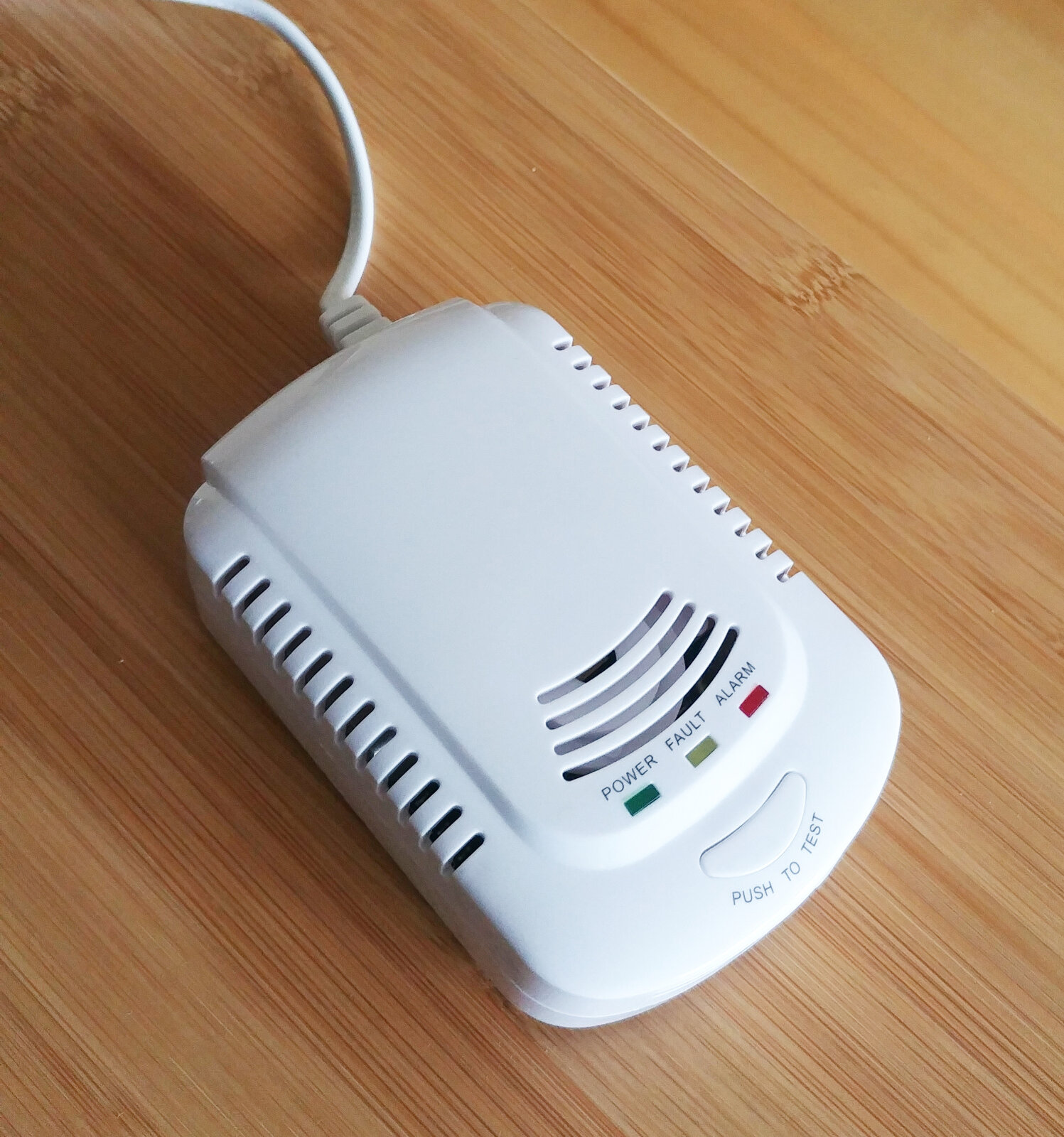- Tips
- technology
- Frequently Asked Questions
- Tests
- mAh capacity
- Rated Capacity
- everActive
- comparison
- Durability of rechargeable batteries
- Efficiency of rechargeable batteries
- battery voltage
- Accumulated energy
- Batteries vs rechargeable batteries
- LR03 AAA
- LR6 AA
- eneloop
- AG13 LR1154 LR44
- Delta V
- Charge Cycles
- internal resistance
- charge level
- CR 2032
- memory effect
- accredited test
- SR44 357
- Hearing Batteries 675
- SR626 377
- Watch Batteries
- Polarity
- Mah
- passivation
- LS 14250
- LS 14500
The Secret Life of Home Appliances, part I 1

The motivation to start a new series of posts was an unusual complaint, in which one of our customers sent back a large number of branded 9V batteries, more precisely Ni-MH with a rated voltage of 8.4V. Rechargeable batteries were used as a power backup in popular sensors, carbon monoxide and gas detectors.
Thanks to the courtesy of our client, we also received a device with which the advertised rechargeable batteries worked.
Similar detectors are sold under different brands, but here we were dealing with an unspecified detector of an unknown brand.

The device is powered directly from the AC mains, but in the event of a power outage, it is possible to maintain its operation with a 9V battery. The device has a built-in charger for 9V batteries. Unfortunately, the manual lacks information exactly which battery of this type should be used. The most popular today are Ni-MH 8.4V batteries, but you can still find similar 7.2V and even 9.6V batteries on the market. In addition to Ni-MH rechargeable batteries, you can also find Li-ion 7.4V rechargeable batteries.
The typical, most popular type of battery was used for the tests - Ni-MH 8.4V, with a rated capacity of 200 mAh. We connected our measuring equipment to the detector to monitor how the detector charges and discharges the battery.
1. Charging the battery.
A previously discharged battery was installed in the detector. The detector was connected to electricity.
The battery was left in the device for just over 24 hours.
We didn't have to wait long for the first major problem - the detector never stops charging the installed battery!
The battery was fully charged after about 4 hours. Unfortunately, charging was not completed after this time.
After 26 hours, the detector had already "pumped" over 800 mAh into the 200 mAh battery, and yet the charging continued! One day was enough to overcharge the battery many times. In such conditions, any battery can be permanently damaged after just a few days. In extreme cases, the battery in this device may leak, deform or even explode!

2. Battery discharge.
This time, a fully charged battery was placed in the detector, and the detector was disconnected from the electricity.
The 200 mAh battery was enough for about 1.5 hours of operation without access to electricity.
The battery is practically completely discharged after this time - as you can see on the graph, nearly 200 mAh was drawn from it during this time, which is the entire useful, declared capacity.
However, the device does not indicate a low battery level in any way.
In addition, the battery is further discharged, even when the device is no longer working, after 4 hours the voltage on the battery reaches below 1.5V.
Not only has the battery been heavily overcharged before, but now left in the device it can be very quickly permanently damaged - the minimum permissible voltage for this type of battery should not be lower than about 6-7V.
Summary.
The described device not only does not cope with the installed battery at all, but also poses a real threat to the user and the environment.
The attached basic manual lacks basic information on the parameters of the supported batteries.
Certainly, the device is not adapted to support the most popular Ni-MH 8.4V batteries. The adopted charging and discharging algorithm will also not be suitable for a 7.2V or 9.6V Ni-MH battery.
Due to the technical problems described above, deficiencies in the markings as well as formal irregularities cast doubt on whether the device fulfills its basic role of protecting property and health, being itself in the hands of an unaware user a potential bomb or a source of fire.
The problem is serious and is certainly not related to a single, random defect of the described detector. The problem may affect a much larger number of devices, we ourselves confirmed the problems with handling the batteries on a completely different unit (a different brand) of the detector with an identical appearance.
Author: Michał Seredziński
Copying the content of the text or its part without the consent of a representative of Baltrade sp. z o.o. is prohibited.